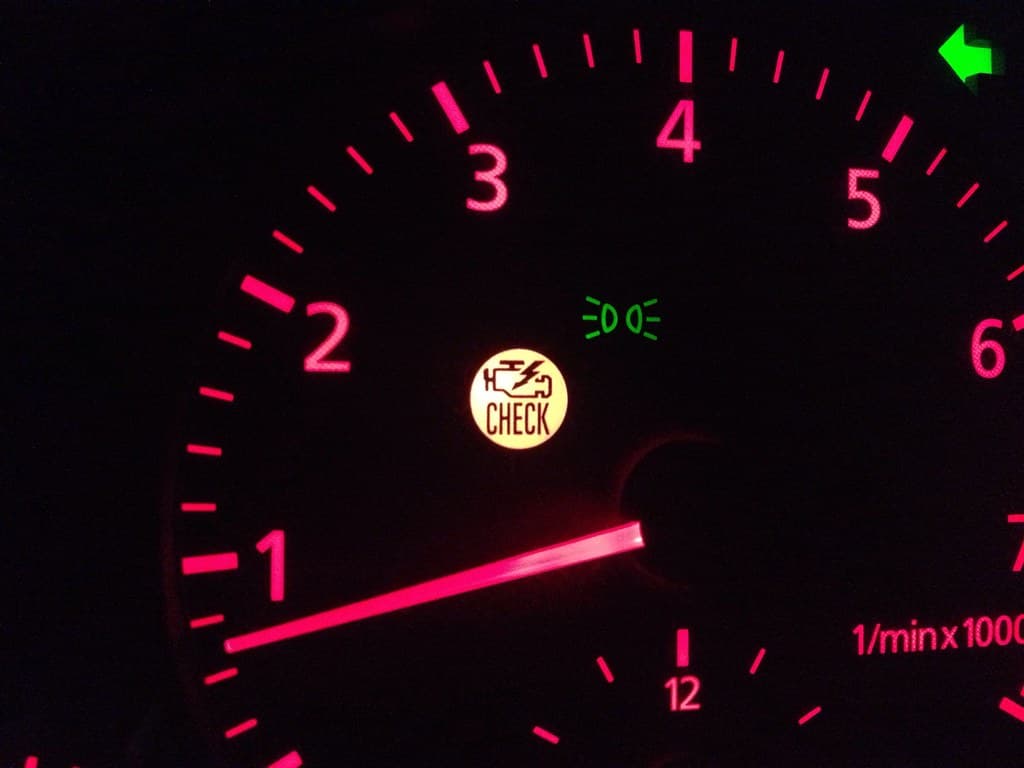Table of Contents
- Engine Error Codes: What They Are and How to Interpret Them
- What are engine error codes?
- How do you interpret engine error codes?
- Why are engine error codes important?
- Conclusion
Engine Error Codes: What They Are and How to Interpret Them
If you’ve ever had a check engine light come on in your car, you know how frustrating it can be. Not only does it mean that something is wrong with your vehicle, but it can also be difficult to figure out exactly what the problem is. That’s where engine error codes come in.
What are engine error codes?
Engine error codes are diagnostic codes that are stored in your car’s onboard computer system. When a problem is detected, the computer generates a code that corresponds to the issue. These codes can be read using a diagnostic tool, which allows mechanics to quickly and accurately identify the problem.
There are hundreds of different engine error codes, each of which corresponds to a specific issue. Some of the most common codes include:
- P0300: Random/Multiple Cylinder Misfire Detected
- P0420: Catalyst System Efficiency Below Threshold
- P0171: System Too Lean (Bank 1)
- P0174: System Too Lean (Bank 2)
- P0442: Evaporative Emission System Leak Detected (Small Leak)
How do you interpret engine error codes?
Interpreting engine error codes can be a bit tricky, as each code corresponds to a specific issue. However, you can do a few things to make the process easier.
First, you’ll need a diagnostic tool to read the codes. These tools can be purchased online or at auto parts stores, and they typically plug into your car’s OBD-II port (usually located under the dashboard on the driver’s side).
Once you’ve connected the diagnostic tool, you must follow the instructions to read the codes. The tool will display a series of numbers and letters which correspond to the specific error code.
From there, you can use a reference guide (which can also be found online or in auto repair manuals) to determine what the code means. The guide will provide a description of the issue, as well as potential causes and solutions.
Why are engine error codes important?
Engine error codes are important because they allow mechanics to quickly and accurately diagnose problems with your vehicle. This can save you time and money, eliminating the need for lengthy and expensive diagnostic procedures.
In addition, engine error codes can also help you identify potential issues before they become major problems. For example, if you notice a code related to your car’s oxygen sensor, you may be able to replace the sensor before it causes damage to other parts of your vehicle.
Conclusion
Engine error codes may seem like a hassle, but they’re actually a valuable tool for diagnosing and repairing issues with your vehicle. Investing in a diagnostic tool and learning how to interpret the codes can save yourself time, money, and frustration in the long run.



